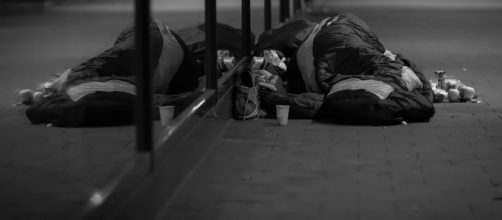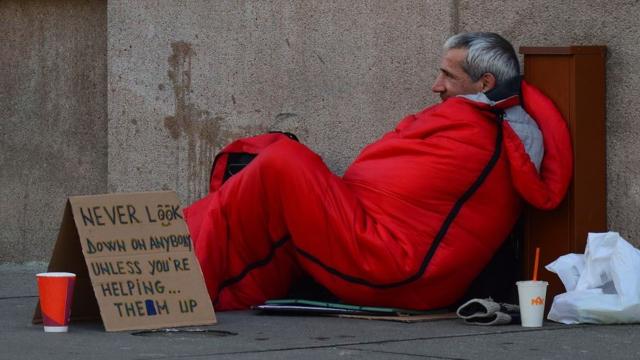Despite, the enforcement of the Homelessness Reduction Act that came into effect on the 3rd of April 2017, there has been an overall net increase with the number of rough sleepers recorded from 2011 to 2018. The 2017 Homelessness Reduction Act enforced two new duties to the original statutory housing duty for local housing authorities to recognise; firstly, a duty to relieve homelessness and a duty to prevent homelessness.
Although, the anti-homeless spikes, sprinklers, fines and warnings enlisted upon rough sleepers are a stark contradiction of the proposed aims of the Homelessness Reduction Act.
The charity, Crisis, recommends only using formal enforcement such as fines and warnings, when referral to other services, temporary accommodation and advice has failed.
A new survey published by St Mungo reveals: In London alone, a rough sleeper dies every two weeks and the number of rough sleepers with mental health issues dying has increased from 29 per cent in 2010 to 80 per cent in 2017.
The isolating experience of prolonged rough sleeping has several negative long-term effects on the individual’s mental health and body. Furthermore, a higher probability remains of them colliding with the criminal justice system or engaging in substance misuse. Shockingly, Crisis reports individuals sleeping rough are more than 17 times likely to be victims of violence than members of the public; most vulnerable are women sleeping rough, who are easily susceptible to sexual assault.
Temporary accommodation
Individuals in unstable, temporary accommodation are identified as belonging to the second category of homelessness. The Homelessness Reduction Act emphasises a duty on councils to locate appropriate accommodation, however, in London almost 50% of households in temporary accommodation have been moved out to as far away as Glasgow, Cardiff and Newcastle displacing families in London completely. The removal of these households entirely from the capital is the result of a large absence of cheap homes in London, aggravated further by cuts on public spending.
The funding crisis
The Labour Party has put forth an initiative to spend £1bn on building new council homes to amend the housing crisis.
The plan directed by London’s Mayor, Sadiq Khan hopes to accommodate the 120,000 homeless children currently placed each night in temporary accommodation.
Nonetheless, as James Murray, the Deputy Mayor for Housing notes, “Ministers must step up, by giving councils money they need to help homeless people now, and by giving us the powers and resources we need to build far more council homes for Londoners.”
Councils have hence called upon Chancellor Phillip Hammond to aid with funding to build new homes, which is expected to be cut by 63% as of 2020 from 2010.
Hidden homelessness
Alongside, the funding dilemma is the final, most unspoken type of homelessness by default of its name. Hidden homelessness alludes to homeless people hidden from statistics and services, therefore staying with friends, inside abandoned buildings or sofa surfing.
Their homelessness being hidden means they are deprived of support and puts them into vulnerable situations. Research by St Mungo says women as most likely to encounter hidden homelessness with many reportedly hiding in public toilets and empty garages to avoid violence, sexual abuse, this often after feeling unsafe in mostly male homelessness services.
Women rejected by domestic violence help services, due to having to prove abuse by having had regular contact with the police is another contributing factor for higher hidden homelessness in women.
If you are aware of someone sleeping rough, please contact StreetLink to connect them to local services.




